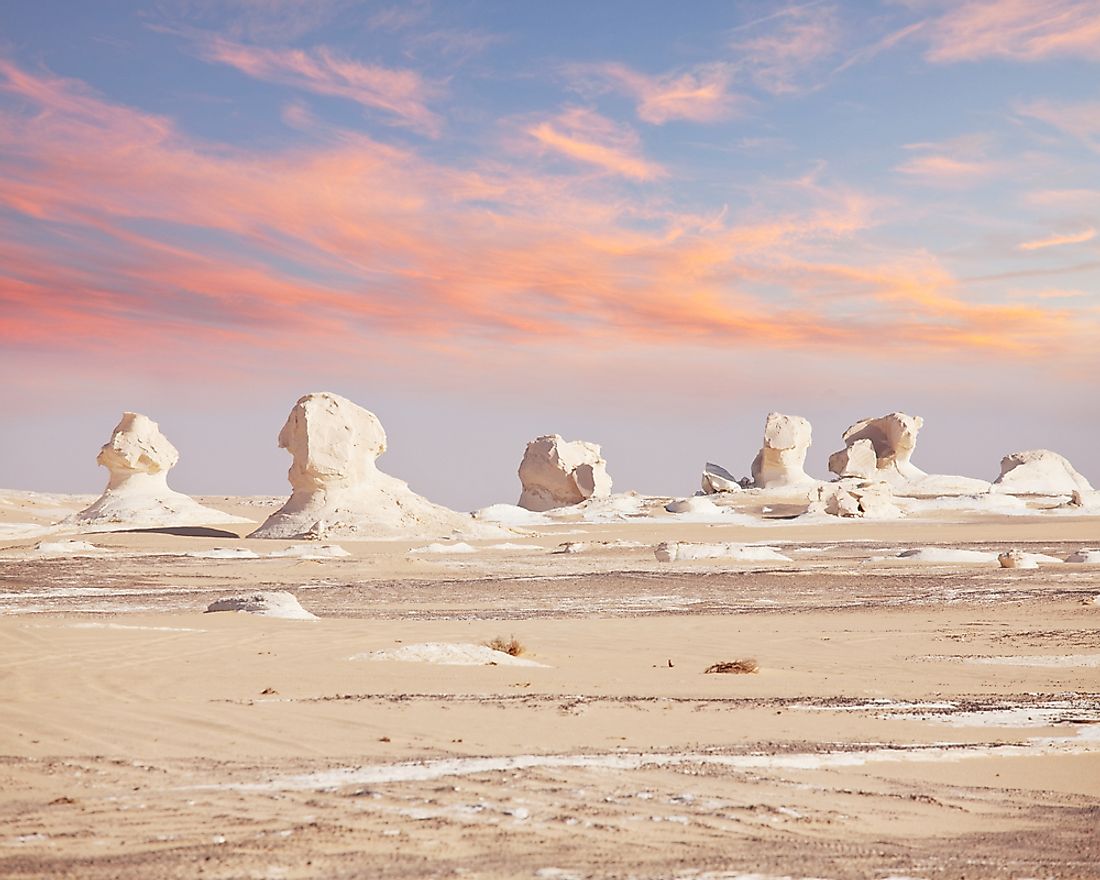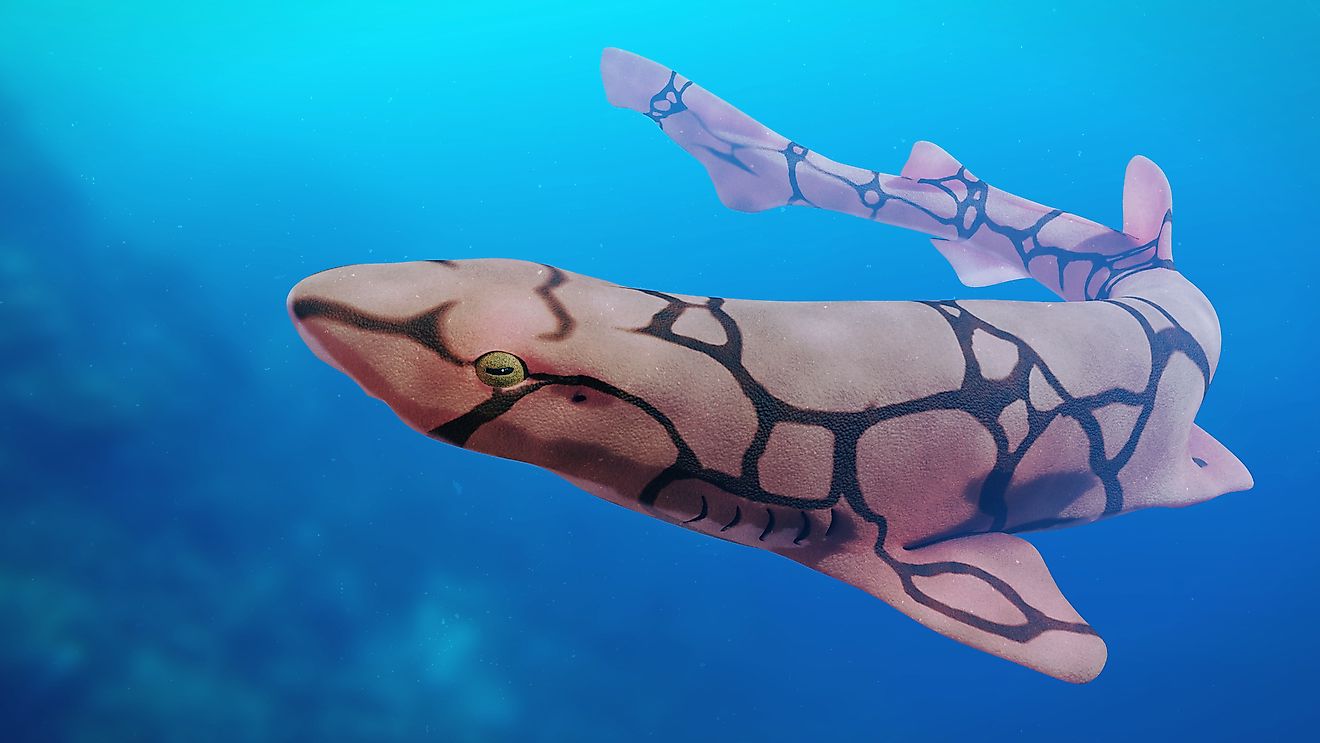What is a Ventifact?

What is a Ventifact?
Simply defined, a ventifact is a rock or a stone that has one or more highly polished and flattened sides that is a direct consequence of sand or ice crystals driven by the wind. These features, which can be eye-catching at times, are mostly found in arid places where there is little to no vegetation to break the wind. Due to the low vegetation, the winds in these places are stronger and more frequent. Another characteristic of environments where ventifacts form is a steady supply of sand but not an overwhelming amount.
How are Ventifacts Formed?
Mostly, ventifacts are formed from hard rocks with fine grains such as quartz, chert and obsidian. As the wind blows towards a rock while carrying its load of sand grains, the rock outcropping acts as a windbreaker. The side of the rock that acts as the windbreaker depends on the direction from which the wind is blowing from. This side becomes abraded over time by the sand particles, which leads to the formation of a ventifact. As one surface is continually exposed to the wind, the rock structure might become unstable over time thus falling over and exposing another side to the wind. The direction of the winds might also change over time leading to a ventifact with multiple facets.
Depending on the size of the rock, ventifacts have been known to resemble anything from a disc to jaw-dropping shapes such as that of a mushroom. The formation of such a shape is simple. If the rock protrusion is taller than the height where the sand or ice particles are carried, then most of the particles will work on the base of the rock. Very few particles will reach the top, if at all. Over time, a mushroom like shape is formed.
Depending on the number of facets formed, ventifacts can have different names to show this number. For instance, a ventifact shaped as a pyramid with three facets is referred to as a dreikanter (one of the sides will be round and buried). Some of the stones just have one facet, for example desert pavements.
It is also possible for experts, or pretty much anyone who is observant enough, to tell the direction from which the wind was blowing from at the time the ventifact was formed. This is made possible through the careful observation of the grains or the grooves (technical term is striations) that are cut in the rock. This is possible only if the rocks have not been disturbed.
Ventifact Attractions Around the World
These rock formations forms are sought after scenic attractions. Some of the sites include the picturesque and majestic features of the White Desert National Park in Egypt where there are some impressively formed mushroom shaped ventifacts.
Ventifacts of a Martian origin have also been found. Once example was named Jake Matijevic. When it was found, its shape was analyzed and the direction of the main wind which molded the rock was determined.
As long as there is erosion we can count on the wind to perfect some of the already existing ventifacts, and also look forward to formation of more of them in the next few centuries.











